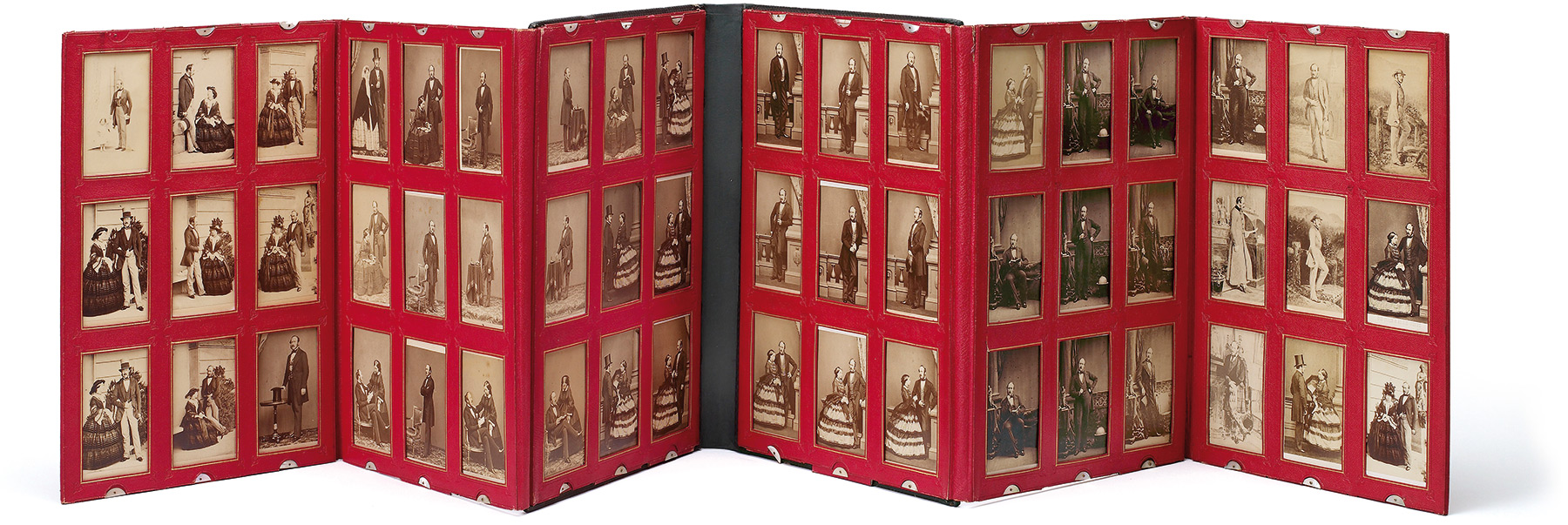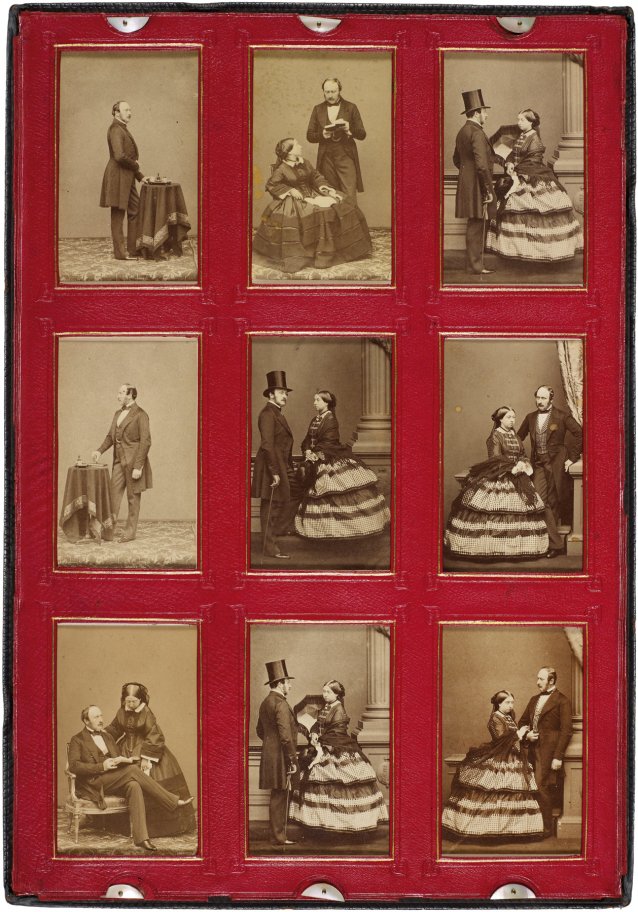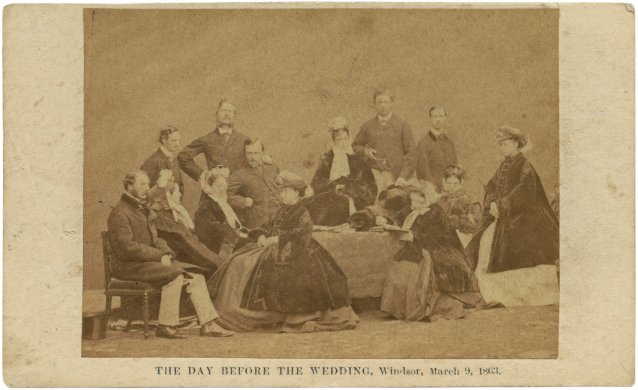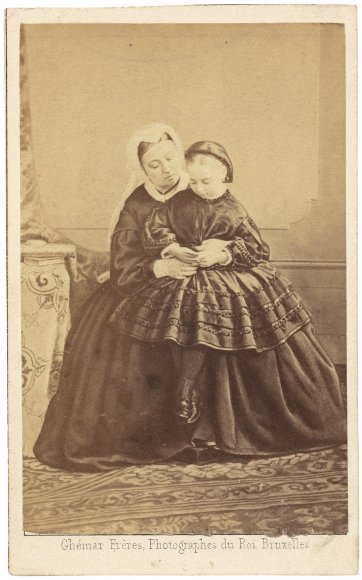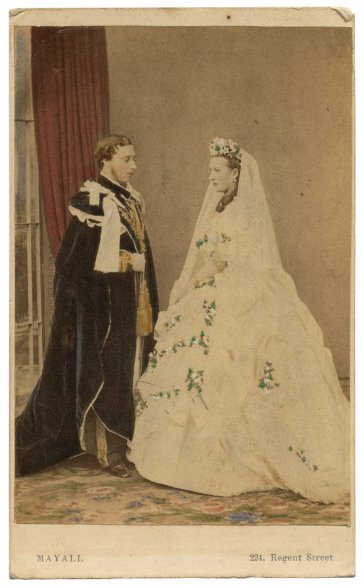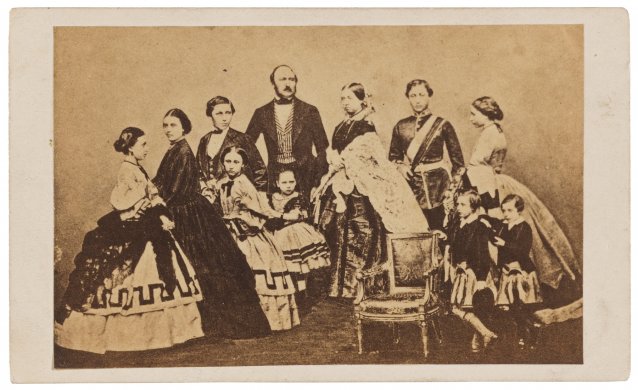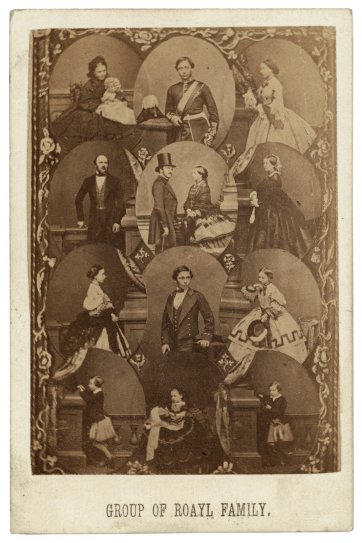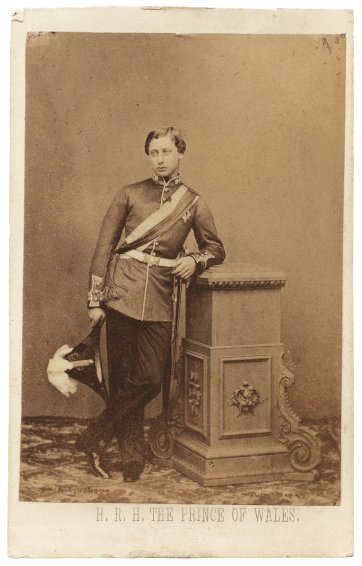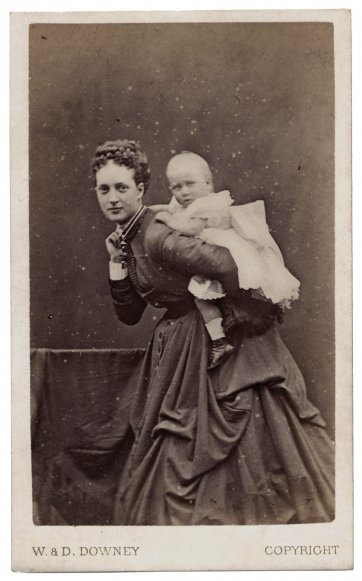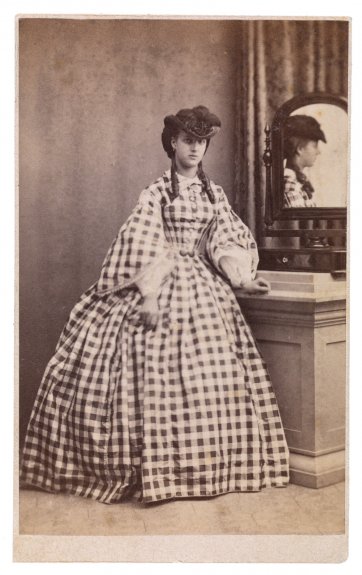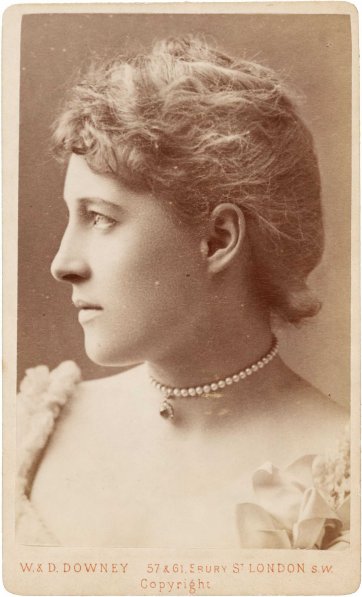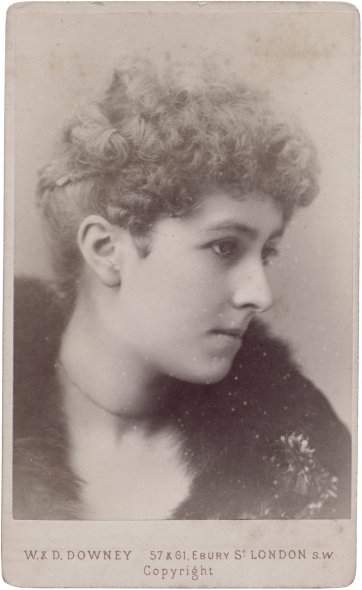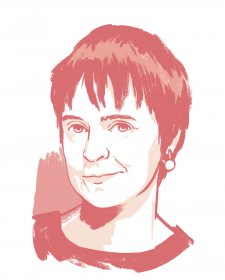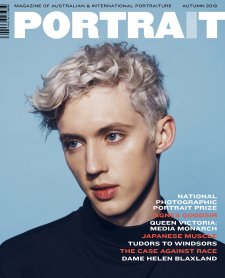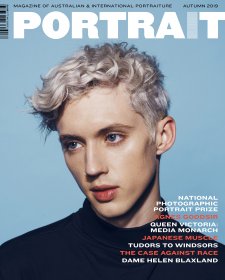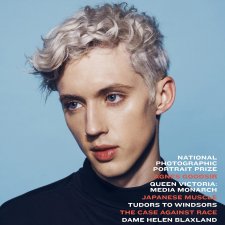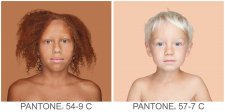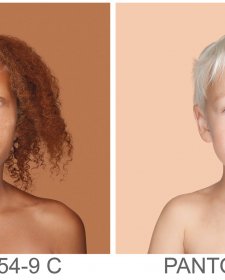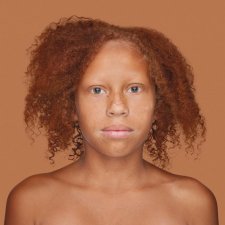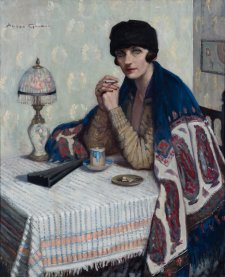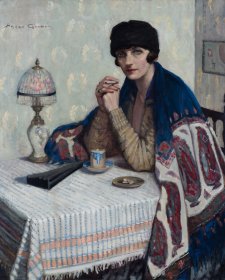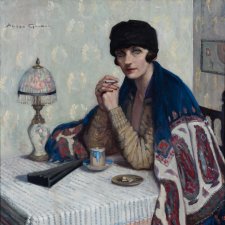Patented in 1854 by the French photographer André Adolphe Eugène Disdéri, the carte de visite was originally conceived of as a livelier version of the calling card – the device by which those of an appropriate class might announce themselves to friends and associates, or signify a wish or an attempt to pay them a visit. Typically, this ‘new style of visiting card, on which is executed, with the most artistic taste and fidelity, a beautiful photographic portrait’ was roughly nine or ten centimetres high by five or six wide, and designed with collectability as well as portability in mind. In addition to their novelty factor, cartes de visite bore all of the traits that had made photographic forebears like the daguerreotype and the ambrotype so exciting, but in a concentrated, more user-friendly form. ‘Without disparagement to the performance of the miniature painter, we must record our veto against his works when brought as portraits into comparison with this flash-of-lightning method’, opined one observer of the daguerreotype in 1843. ‘Photographic portraiture depicts not merely the exactness of feature, so easily attainable by hand – it preserves the life and animation, the delicacy of expression, in fact so much of the character of the individual as is displayed in his features during the period of his sitting.’ Unlike daguerreotypes, though, cartes de visite were not one-off images but could be printed multiple times from a single negative, and thus were well within the means of average people. While George Baron Goodman, who is considered Australia’s first professional photographer, charged a guinea – one pound and one shilling – for one of his daguerreotypes in 1842, the artists who effected the carte de visite’s introduction to the colonies two decades later promised ten or more portraits for a similar fee. In May 1859, for example, the Sydney Morning Herald reported that cartes could be had from William Blackwood’s ‘Photographic Gallery’ on William Street for the ‘trifling sum’ of twelve shillings per dozen. ‘Truly this is producing portraits for the million’, the paragraph concluded prophetically. In addition, cartes were cannily marketed with a unique negative number, facilitating the ordering of multiple, potentially infinite copies at a future date. ‘Copies may be had at any time’ or ‘Orders by post executed with despatch’ were typical carte catch-cries, along with claims, occasionally thin or dubious, as to the artist’s accolades or status.
Perhaps more significantly, the carte de visite represented the complete antithesis of the idea of portraiture enshrined by the National Portrait Gallery and its ponderous assembly of painted canvas effigies held up as archetypes of ‘the true dignity of portrait painting’. By 1860, however – in large part due to photography – portraiture was no longer a matter purely of ‘art’ or taste, and had become increasingly available to a class of client for whom the ‘true dignity of portrait painting’ was secondary to the faithful, supposedly lowly, reproduction of a loved-one’s likeness. ‘Portraits … as photography now proves, belong to that class of facts wanted by numbers who know and care nothing about their value as works of art’, stated British writer and artist Elizabeth Eastlake in 1857 in pinpointing another primary factor consolidating the carte’s appeal. You might be no better than a tinker or a seamstress, yet the carte de visite, with its formulaic language of postures and props – ersatz classical columns and balustrades, patterned oilcloths, heavy drapes, painted backdrops – enabled you to present yourself as dignified and genteel, or possessed of other desirable characteristics. Photographers’ trade journals, furthermore, provided guidance as to ‘appropriate’ poses based on gender, age or profession, and which were likewise coded to project specific messages about the subject. The carte de visite thrived not just because it was cheap and nifty, but because (by virtue of its utility and ubiquity) it was able to forestall the idea that portraiture was a selective, exclusive activity, whether on the class or aesthetic fronts. In a fortuitous and mutually opportune way, Mayall’s photos – marketed as the Royal Album – set the carte-collecting mania in motion and helped facilitate the adoption of the practice of exchanging and cherishing portraits, whether of loved-ones and friends or of the famous and unattainable. At the same time, they allowed the Queen to show by example how agreeable, useful and respectable the photographic portrait could be – and, by implication, how much like every other wife and mother she was.
In various respects, then, there was nothing uncharacteristic about her invitation to Mayall in May 1860 ‘to attend at Buckingham Palace’, nor anything untoward in him being granted access to what must at first have had the feel of unvarnished, private scenes. The Lancashire-born photographer was already known to her and her husband, having exhibited many of his daguerreotypes in the Great Exhibition of 1851. Prince Albert was keenly interested in photography from its outset and in 1842, three years after the process was patented, he sat for a daguerreotype now considered the first photograph ever taken of a member of the British royal family. The Queen shared her husband’s enthusiasm and, as the mother of nine children, was alert to photography’s inventiveness and efficacy as a form of family record-keeping. It is believed, too, that Victoria’s rather lonely and confined childhood predisposed her to collecting photographic portraits as mementoes of relatives and friends.
